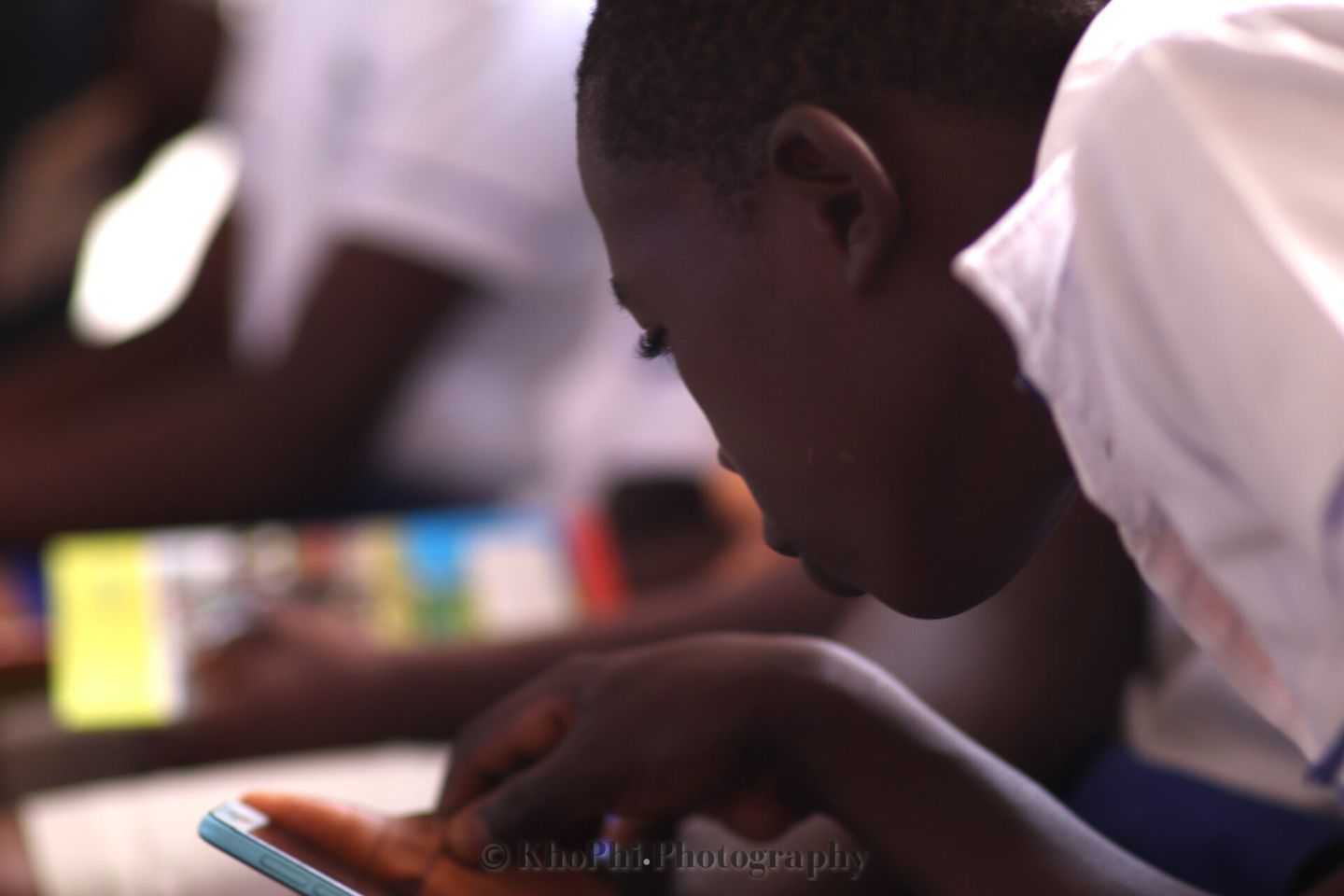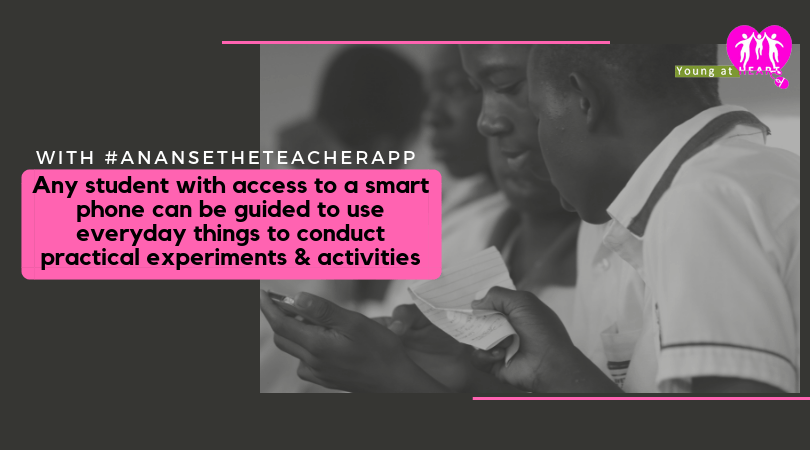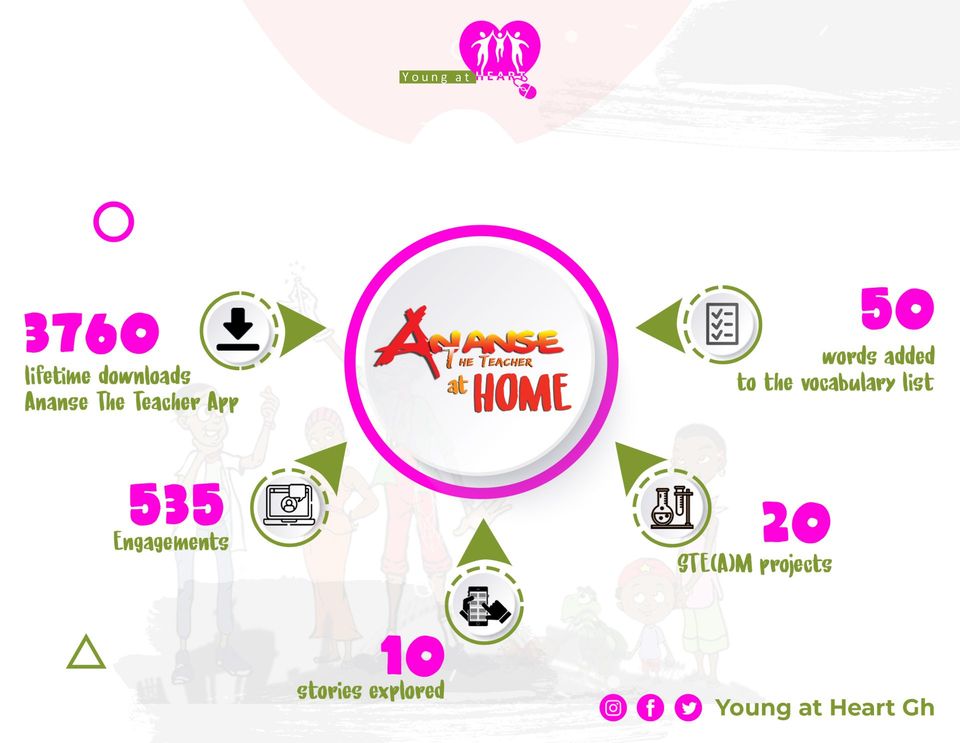Ananse at Home
Ananse At Home allows learning to continue beyond typical school engagement hours. It is deployed through learner paced e-learning facilitated through ‘Ananse The Teacher’ app. Learners explore reading and practical lessons in Science, Technology, Engineering, Arts and Mathematics through folklore stories from the hero of African folklore.
Practical lessons are conducted with everyday things making lessons relatable and easy to conduct. The lessons are built to excitedly engage students of ages 8 to 14. The program has recently engaged hundreds of users providing a homeschooling alternative for children between 8 to 14 to make up time lost during school lockdowns in the Covid-19 pandemic.
- Allows for remote learning through videos and live feedback with teachers
- Deployed on multiple digital platforms: Smart phones, Tablets or Computers.
- Majority of learning takes place offline after the initial download to prevent large data costs.
- Safe platform for peer-to-peer learning through discussion boards
Student feedback:
Rosebelle Samuelle Adeaba, a 10 year old student from Bethel Methodist Primary Takoradi, intimated
“I was easily bored and distracted when I was learning before but with Ananse at Home, I now have a guide which is the app and the modules which have different activities for the various days. Learning with Ananse at home is fun and makes me build on my creativity”.
Parent Feedback :
Madam Catherine Adeaba
“It has improved her reading and learning skills and she has learnt new vocabulary. She is always very eager to learn with the app and instructional models.”
Impact
Impact 3 months into the launch #AnanseAtHome, there was a total of 250 signups . 234 baseline and post-test responses showed that 64% of students who signed up had never participated in any STEAM related activity. There was a 33-point average increase in Mathematics tests, 12-point increase in technology tests and a 5-point average increase in Science tests. There was a general improvement in test scores in all topics treated. This indicated that the program was already making an impact as participants recorded average point increases in Science, Technology and Mathematics in Phase 1.





